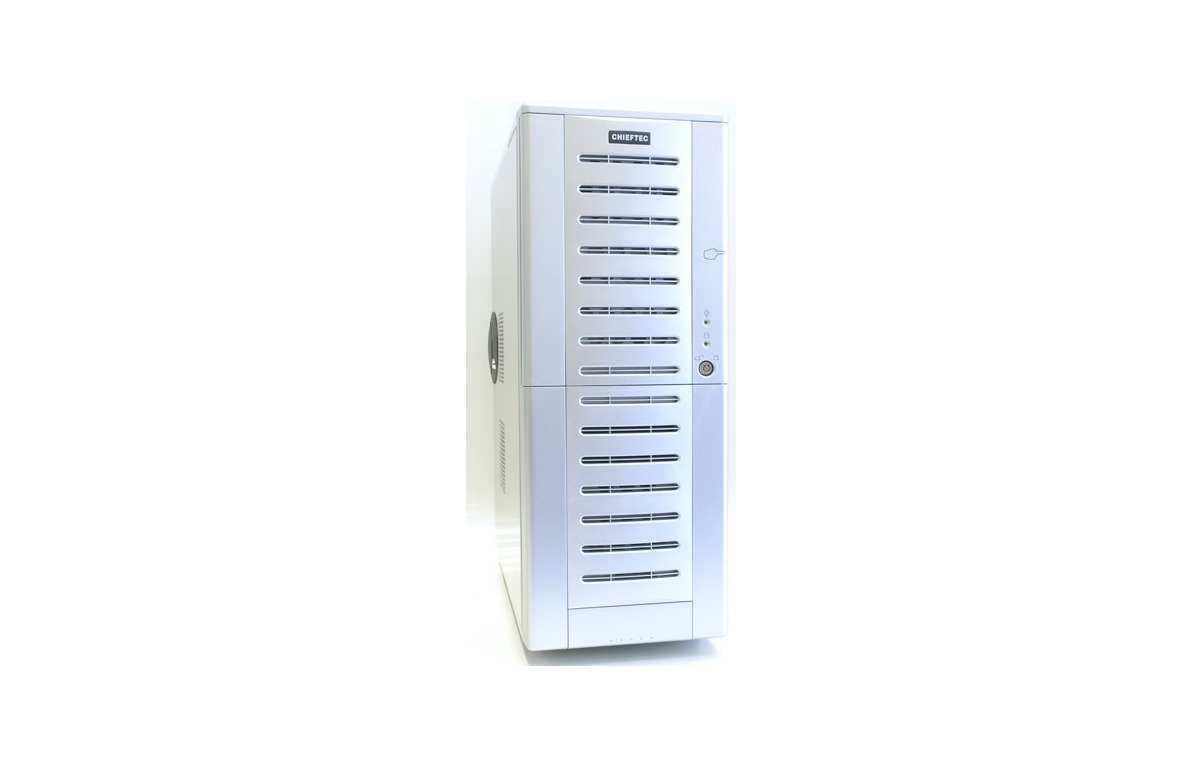Compositor Software extended services set Compositor Software server has confirmed its success in supporting the remote workflow. Even the set of services that was named in a previous post ensured the smooth operation of all network resources. However, for a full-fledged work, this was not enough. I resumed work on the implementation of all services from the Network Real-Time Operating…
Compositor Software expands the number of existing DRM servers After an important step of building standalone applications using Compositor Software code, it became possible to organize the work of a new DRM server. That is, the physical server CP-6137-960FX began to be commissioned. As mentioned earlier, at the development stage it was possible to launch just one RAD36 virtual DRM…

Compositor Software builds virtual servers for Microsoft Windows and Android platforms Compositor Software presents 4 architectures on C++. It is TC-TRSRRT2048, TC-SUBTRSRRT262144, TC-2SUBTRSRRT262144 architectures for STC2k, RTC4k, RAD96 and RAD36 platforms correspondingly. Now, when Compositor Software code repository have grown, it is time to move forward past the MaxMSP platform. First, Compositor Software thanks the JUCE framework for providing an…